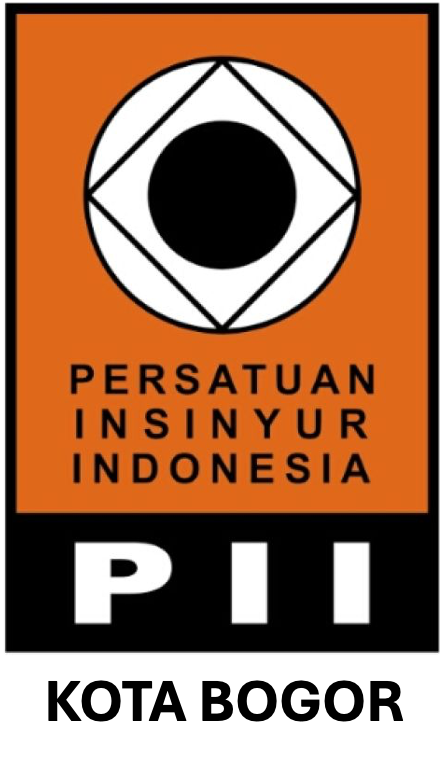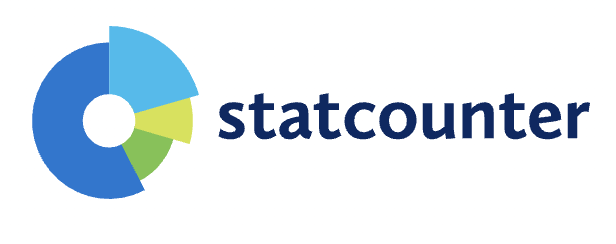Prediction of Groundwater Storage in Gabus Wetan Subdistrict, Indramayu Regency, West Java Province, Indonesia
Abstract
Gabus Wetan Subdistrict, Indramayu Regency in West Java Province known as one of rice production center in Indonesia has common problem of surface irrigation water that is unavailable in dry season. It necessary to find alternative water source from groundwater to increase intensity as well as productivity. The aim of this study were to determine geoelectrical-hydrogeological profiles in form of distribution characteristics of the aquifer indicated by the resistivity of rocks and to predict the groundwater reserve potential in Gabus Wetan, Indramayu Regency. Resulted information can then be used to exploit groundwater for alternative supply of irrigation water. The result of this study shown that the rock resistivity in the area ranging between 1-30 Ωm. The rock aquifers consist of sandy clay, clayey sand, and sand. The shalllow groundwater (unconfined aquifer) are in the range of 3-40 meters below the soil surface having tickness of aquifer in the range of 7-20 meters. The deep groundwater (confined aquifer) can be estimated at the depth of more than 60 meters below the soil surface having tickness more than 40 meters. The hydraulic conductivity is estimated 20 m/day for unconfined aquifer and confined aquifer. The predicted groundwater storage of unconfined aquifer was about 31,687.2 m3/day or 0.37 m3/sec and confined aquifer 99,382.6 m3/day or 1.15 m3/sec.
Keywords: aquifer, groundwater, hydrogeology, hydraulic conductivity, resistivity
Downloads
References
Anomohanran, Ochuka. 2013. Investigation of Groundwater Potential in Some Selected Towns in Delta North District of Nigeria. International Journal of Applied Science and Technology, 3 : 6.
Asmaranto, Runi. 2014. Identifikasi Potensi Akuifer Menggunakan Uji Resistivity VES (Vertical Elctrical Sounding), Studi Kasus : Desa Pohijo, Sampung-Ponorogo. Jurnal Teknik Pengairan, 5(2) : 199-206.
[BPS] Badan Pusat Statisitik. 2015. Indramayu dalam Angka 2015. Kabupaten Indramayu.
Estiningtyas, W., R. Boer, I. Las,dan A. Buono. 2012. Identifikasi Deliniasi Wilayah Endemik Kekeringan untuk Pengelolaan Resiko Iklim di Kabupaten Indramayu. Jurnal Metereologi dan Geofisika, 13 (1) : 9-12.
Fetter, C. W. 1994. Applied Hydrogeology. Third Edition. Merrill Publishing Company, Ohio
Flathe, H., Leibold, W. 1976. The Smooth Sounding Graph A Manual for Field Work in Direct Current Resistivity Sounding. Federal Institute for Geosciences and Natural Resources, Germany.
Irawan P. 2012. Potensi Cadangan Airtanah di DAS Ciliwung.Tesis. IPB.
Lateef, A.T. 2016. Geophysical Investigation For Groundwater Using Electrical Resistivity Method- A Case Study of Announciation Grammar School, Ikere Lga, Ekiti State, South – Western Nigeria. JOAP, 2(1) : 01-06.
Kirsch R. 2009. Groundwater Geophysics a Tool for Hydrogeology. 3th Ed. Berlin (DE). Springer
Kodoatie, R.J. 1996. Pengantar Hidrogeologi. Penerbit ANDI. Yogyakarta.
Mays, L.W. 2005. Water Resources Engineering. Second Edition. John Wiley & Sons, New York.
Mohamaden, M.I.I, A.Z. Hamouda, S. Mansour. 2016. Application of Electrical Resistivity Method for Groundwater Exploration at the Mogra Area, Western Desert, Egypt. The Egyptian Journal of Aquatic Research, 42 (3) : 261-268.
Sosrodarsono S , Takeda K. 2006. Hidrologi untuk Pengairan. Edisi Ke-10. Jakarta (ID): Pradnya Paramita.
Todd, D. K. 1995. Groundwater Hydrology. Second Edition. John Wiley & Sons, Singapore.
Todd D.K., Mays, L.W., 2005. Groundwater Hydrology. 3rd edition. John Wiley & Sons,Inc
Waspodo, R.S.B. 2015. Eksplorasi Potensi Air Tanah Pada Kawasan Industri Air Mineral Dalam Kemasan, Cemplang Bogor. Jurnal Keteknikan Petanian, 3 (2) : 137-144.
Authors who publish with Jurnal Teknik Sipil dan Lingkungan, JSIL agree to the following terms:
a. Authors retain copyright and grant the journal right of first publication with the work simultaneously licensed under a Creative Commons Attribution License that allows others to share the work with an acknowledgment of the work's authorship and initial publication in this journal.
b. Authors are able to enter into separate, additional contractual arrangements for the non-exclusive distribution of the journal's published version of the work (e.g., post it to an institutional repository or publish it in a book), with an acknowledgment of its initial publication in this journal.
c. Authors are permitted and encouraged to post their work online (e.g., in institutional repositories or on their website) prior to and during the submission process, as it can lead to productive exchanges, as well as earlier and greater citation of published work (See The Effect of Open Access).










